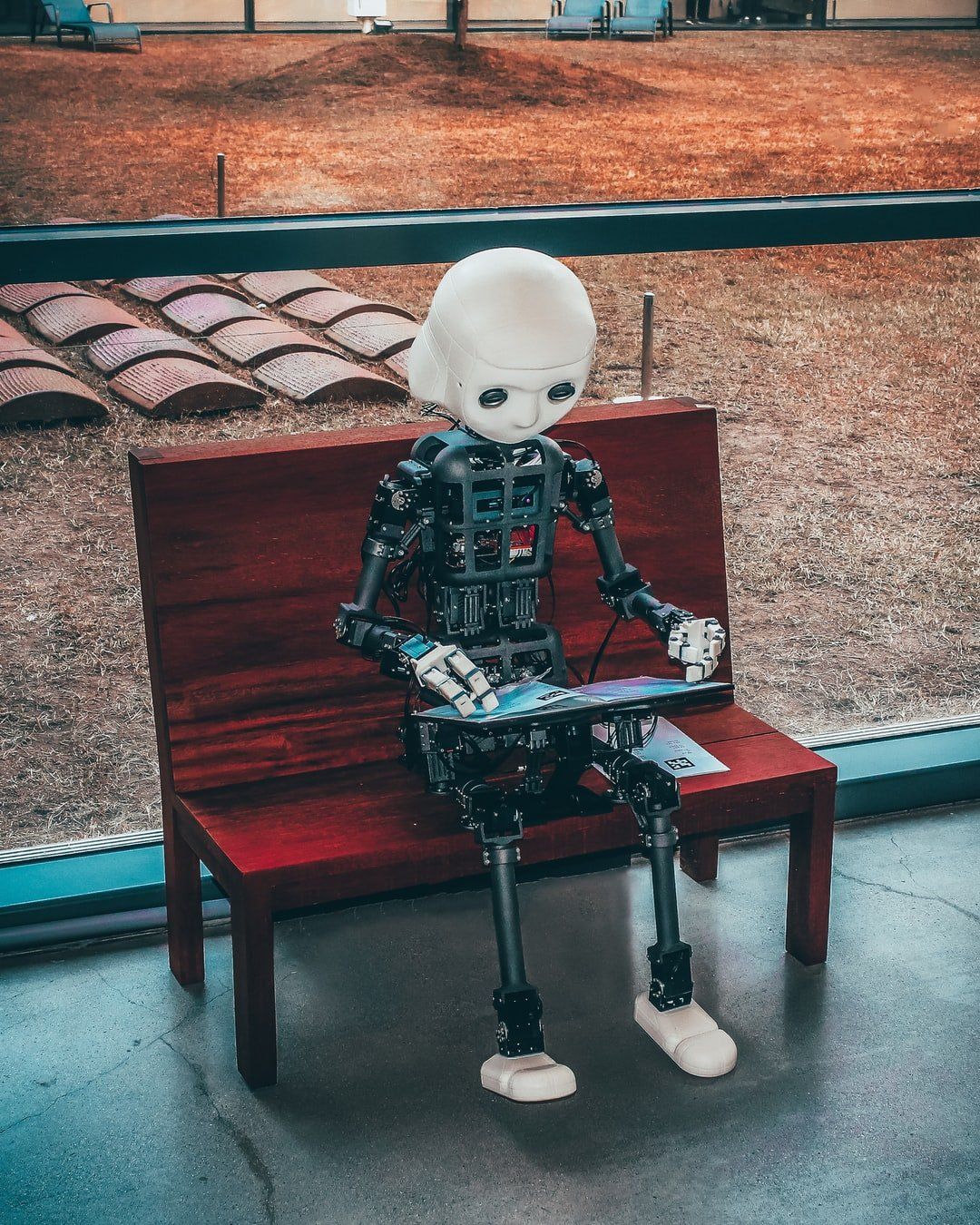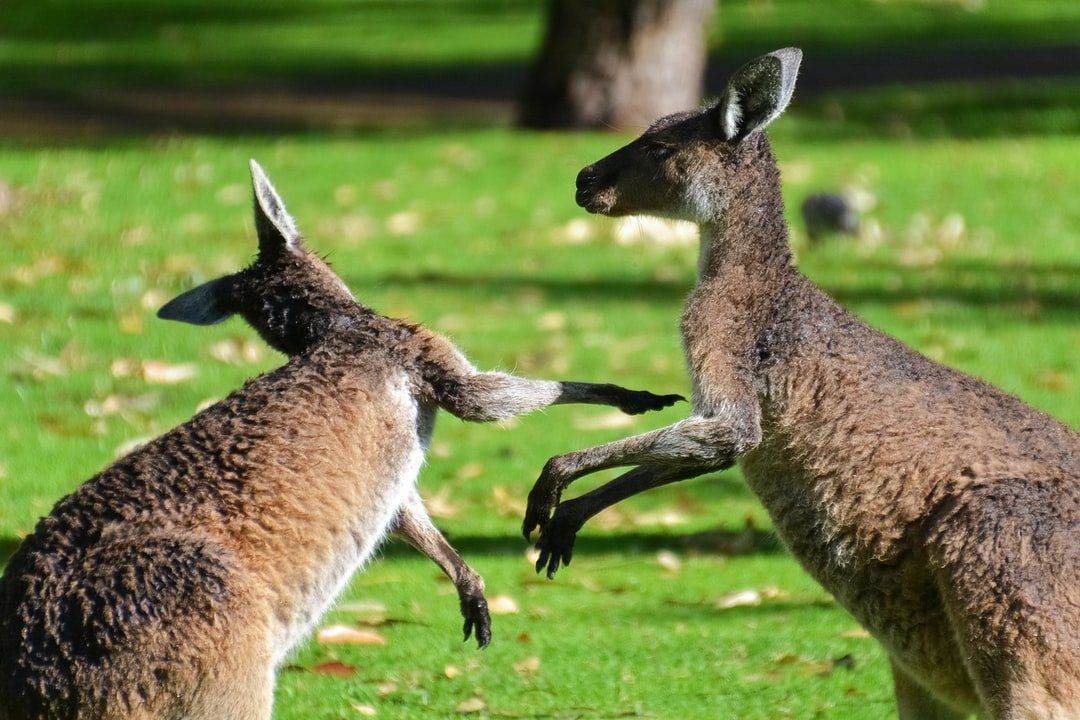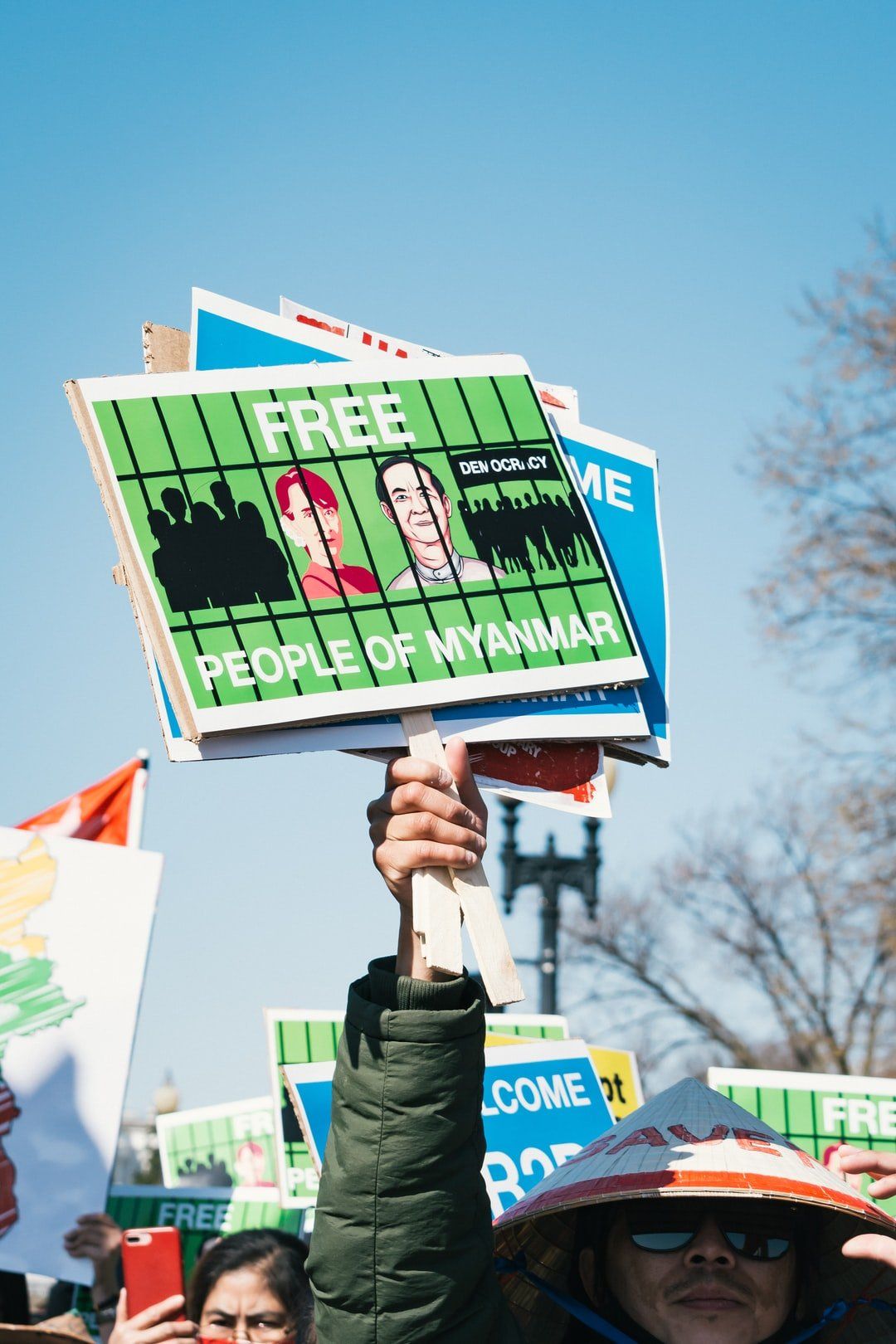Definition
Formally, facial or face recognition is defined as “the science which involves the understanding of how the faces are recognized by biological systems and how this can be emulated by computer systems” (Martinez 2009). It is a biometric technique to uniquely identify a person by comparing and analyzing patterns based on their "facial contours"; in other words, it is a method of identifying or confirming a person's identity from their face. Other types of biometric software include voice recognition, fingerprint recognition, and retinal or iris recognition.
Orenda Graphic
Recruitment
While the use of facial recognition technology could help recruiters streamline some processes, it is hard to believe that the long-standing issues of recruiting could be solved through algorithms knowing that existing datasets could perpetuate or even worsen the current biases that a human recruiter can have.
Maksim Turkov
Policing
Law enforcement officials around the world are using Facial Recognition Technology (FRT) to identify suspects, conduct arrests, and determine guilt through system matches. It is also being used as a tool for border control purposes, to perform identity verifications, and to monitor the safety of people in public spaces. The use of FRT by police and other law enforcement officials, however, has been pointing out the problems regarding the fairness and legitimacy of this tool.
John Romeio
Education
The use of facial recognition technology has increased recently and has been implemented in different levels of our societies, including education. Several schools in different countries have been adopting this technology. However, the use of this tool can be dangerous because of the inaccurancy of this method and for normalizing surveillance, especially in an environment such as schools.
Premast
Our Series





Read More

Watch Our Episodes





